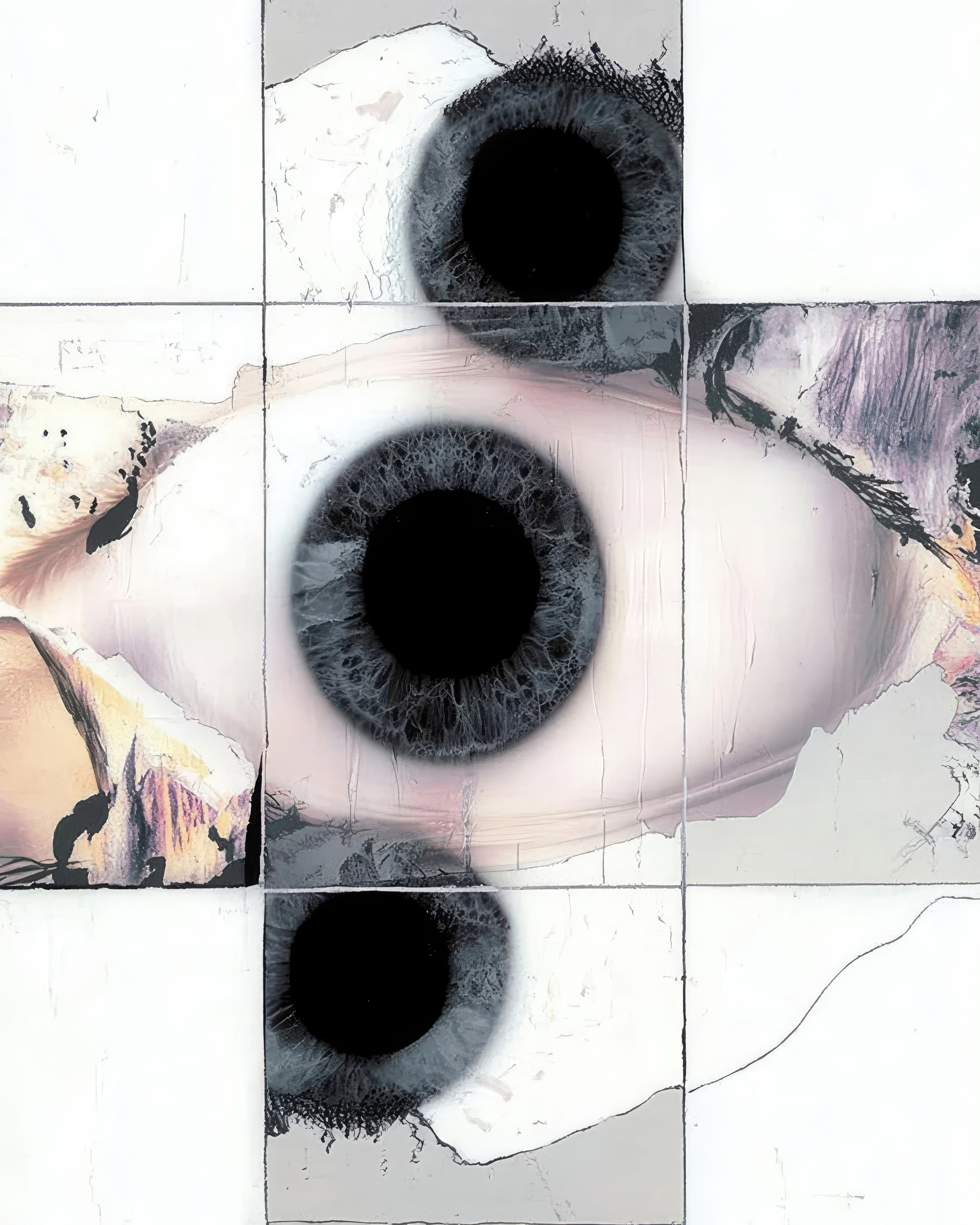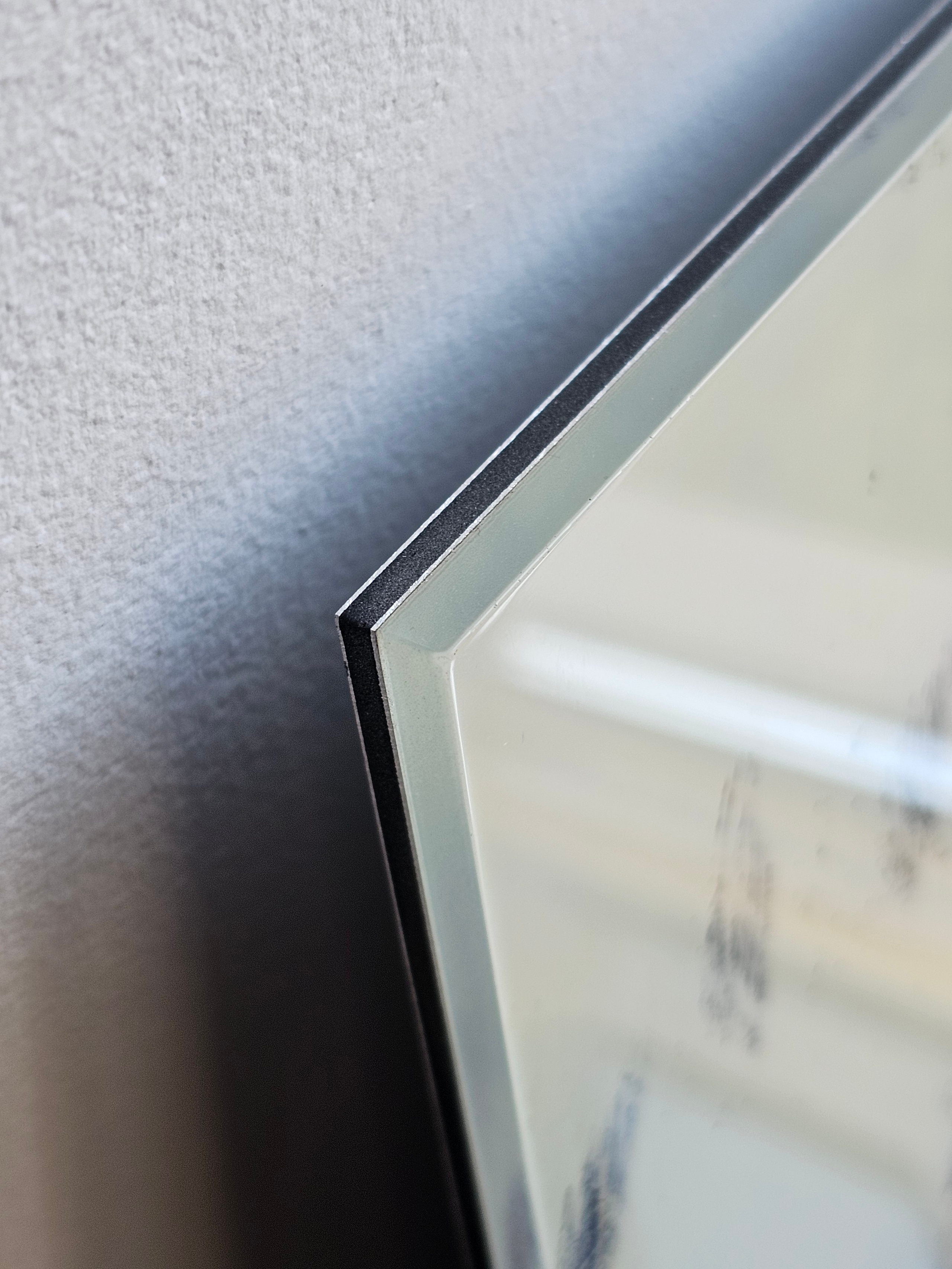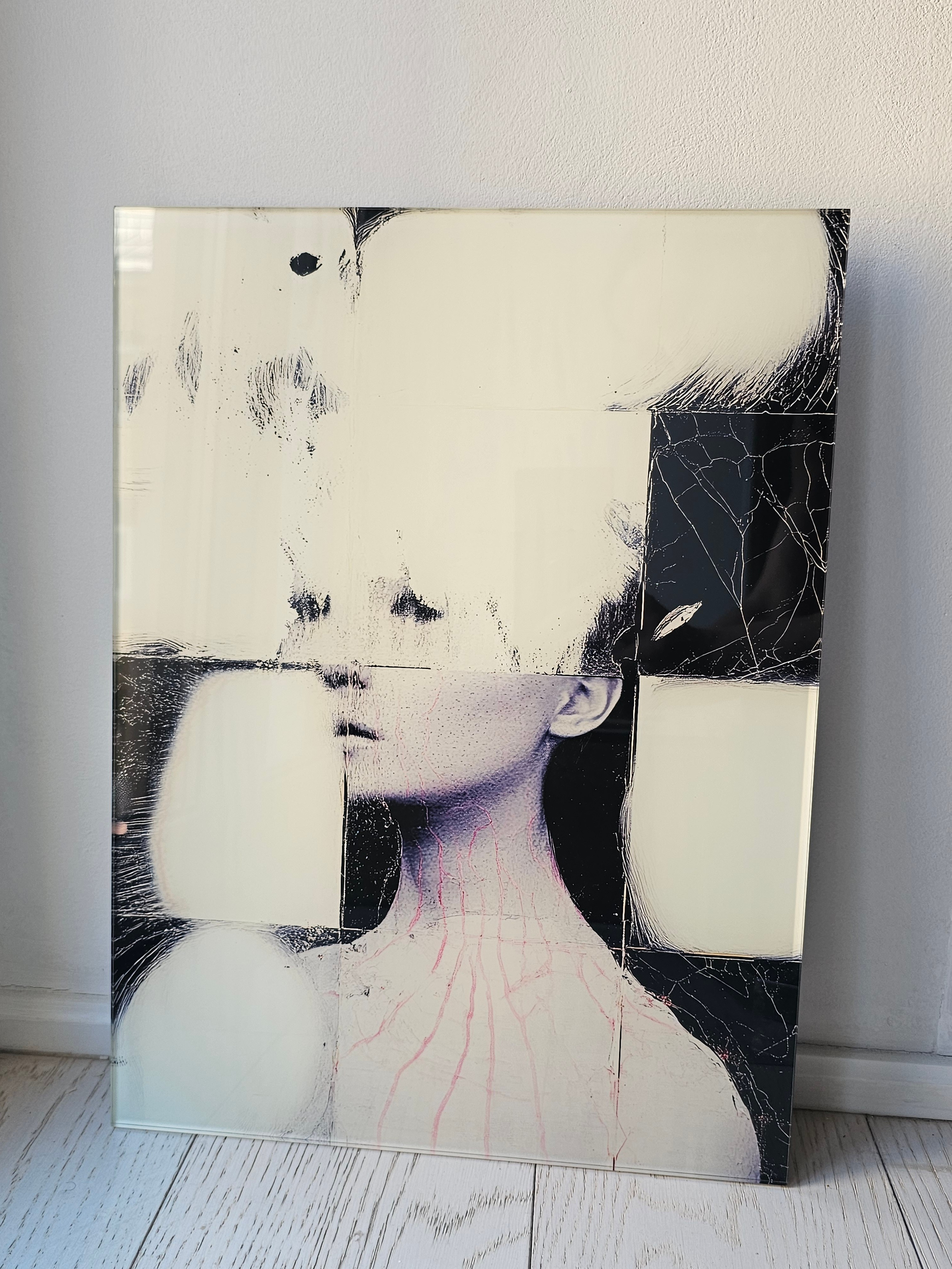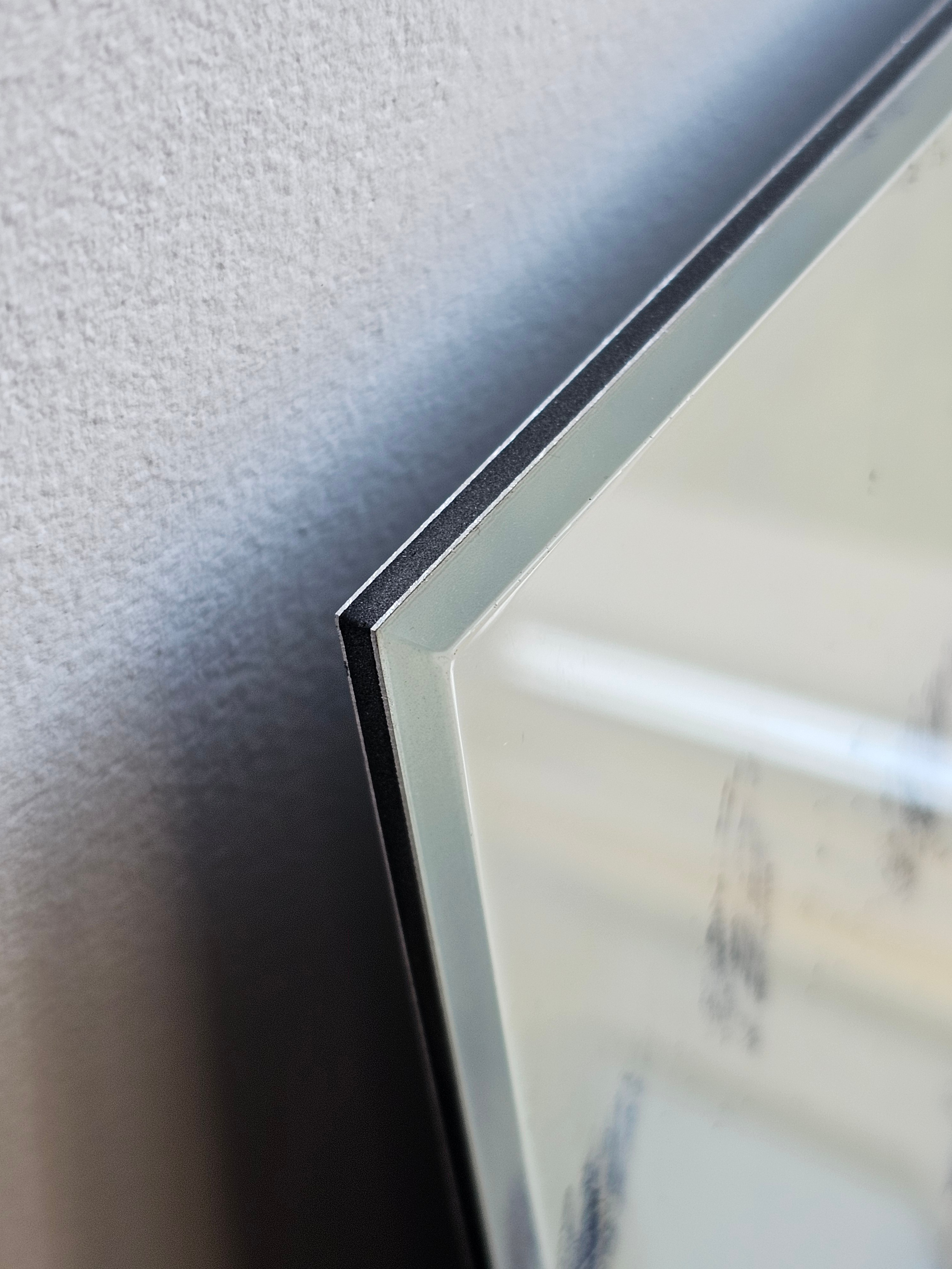AND WHAT AM I REALLY LIKE?
In our inner portrait, other people’s opinions seem like dirty paint, hiding the true colors and details. Often, we appropriate these assessments, allowing them to obscure our individuality.
Our living “I” gets lost under the veneer of external expectations. In an effort to understand ourselves, we seem to wander through a labyrinth, encountering many walls of attitudes.
This project is an attempt to free ourselves from imposed layers, reconnect with ourselves and rediscover our uniqueness. In each work, we explore our attitudes and reflect on what it means to be real. We strive to reveal the true shades of our lives and reclaim the right to be authentic.
MIXED MEDIA DIGITAL COLLAGE
—
If you would like to purchase a print, please contact me:
120×80CM: 50 000 RUB
110×73CM: 43 000 RUB
90X60 CM: 31 000 RUB
75X50 CM: 28 000 RUB
60X40 CM: 23 000 RUB
45X30CM: 20.000 RUB
120×90CM: 55 000 RUB
110×82.5CM: 45 000 RUB
90X67,5 CM: 36 000 RUB
75X60 CM: 30 000 RUB
60X45 CM: 25 000 RUB
40X30CM: 19.000 RUB
Plastification — registration of a photo under acrylic glass
Acrylic glass is of two types: glossy and matte anti-reflective glass
Glossy glass gives the image a shine, depth. To describe the plasticization under glossy glass without demonstration, we can use the following comparison. It is like taking a colored pebble on the beach and placing it under water — it will immediately become brighter.
Matte anti-reflective glass eliminates glare and makes it possible to place the plastification without being repelled by light sources. If we compare matte and gloss, a photo in glossy plastification is a pure photo, while in matte plastification it is more of an interior object. Photographs are printed on paper and then sealed mounted under acrylic glass. As a result, the image acquires additional depth and brightness, becomes protected from external influences.
Next, an aluminum profile is glued to the backdrop, which gives more rigidity and serves for mounting on the wall. There is also printing directly on the glass — this type of printing has a much smaller color gamut and worse transfer of details.












